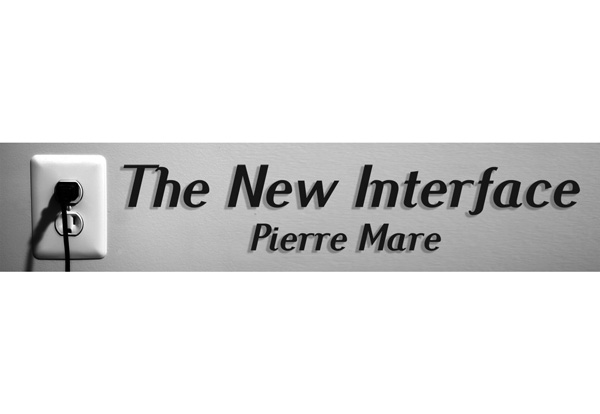
Similar offerings and differentials that make the difference
 The expression goes, ‘imitation is the sincerest form of flattery’. Of course that expression should best be mouthed with slight a sneer. Usually it means that someone is copying you in ways that don’t please you.
The expression goes, ‘imitation is the sincerest form of flattery’. Of course that expression should best be mouthed with slight a sneer. Usually it means that someone is copying you in ways that don’t please you.
In business, copying a business idea comes with a number of ramifications. I will revert to my favourite example here: the numerous pastel apparel boutiques selling… muted pastel apparel. The shops come and go with some regularity. The truth is they copy one another, and aspire to compete, maybe even with the larger South African franchises.
The failure is that they copy, but they do not make the effort to compete. Décor is typically week, the clothing is most often mutton dressed a slamb, visual identity gets lost in a swirl of tasteful pastels, and the clothes do little to establish the identity of the person who wears them. In terms of shopping mall economics, they are rarely more than one of the many.
The most important point to make is that the dollar is divisible. If only one clothing store opens one area, it can command the entire dollar to be spent on clothing. If a second clothing store opens, the dollar will be divided in a greater or lesser degree. At best, the split will be fifty fifty, but in reality one store will take a slightly lesser or greater part of the dollar.
The greater the number of stores satisfying the same need, the higher the number and the smaller the sizes of each portion of that dollar. In order to earn a greater part of the dollar, the store will have to establish a number of differentials. It is not enough to expect purchases, just by existing.
The first differential is the brand quality of the outlet. Brands transform their adopters. Going with the clothing store metaphor, certain clothing stores express youth, others express elegance and yet others express outdoor adventure, to name but a few characteristics. The trick to the thing is not to try to hard to transform the customer, but to reflect the transformation that the customer wants. For instance hard edged lighting that is similar to a club will naturally attract youth. In other words, don’t try to transform, rather offer the transformation that the customer already wants.
In the case of retail, the secondary brand quality is the choice of products. A clothing store that targets youth will lose business rapidly if it does not stock current youth labels. The range must be perfectly matched to the target market.
Price, the third differential, is important. The typical error is to pitch too low out of insecurity yet a low price is seen as an indicator of low quality. If low prices and high footfall from budget buyers is the business strategy, there is an argument for a low price, yet a higher price may be a greater attraction, even if it means a slightly higher price in the budget range.
The quality of the retail brand, the fourth differential, should however also be considered. Certain categories will have certain expected lifecycles. Even in clothing stores, which have cycles that are typically dominated by seasonal fashion, certain items will be expected to have a longer duration than others. Although guarantees and promises may seem like a route to go, there is a definite risk in low quality goods that don’t live up to promises.
The human environment, the fifth differential, is particularly important and often lacks in Namibia, yet a superficial human relationship can be the make or break point. The core aspect is attentiveness, which goes hand in hand with assistance. This alone may be enough to sway the purchase.
Finally, location is important. If the store is pricey, the location should be immediately visible, not hidden away. In fact, many shops looking to turn a profit seek to economise with low rental locations.
Sometimes penny wise is pound foolish. If you are in a crowded category, the safe route is to go with the extra budget to establish the differentials.











































